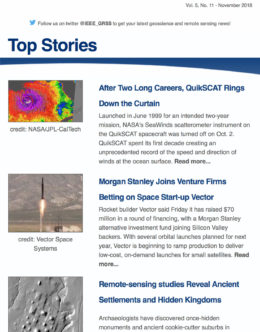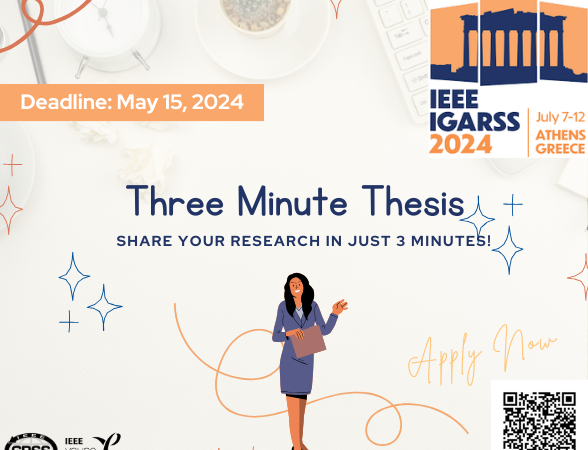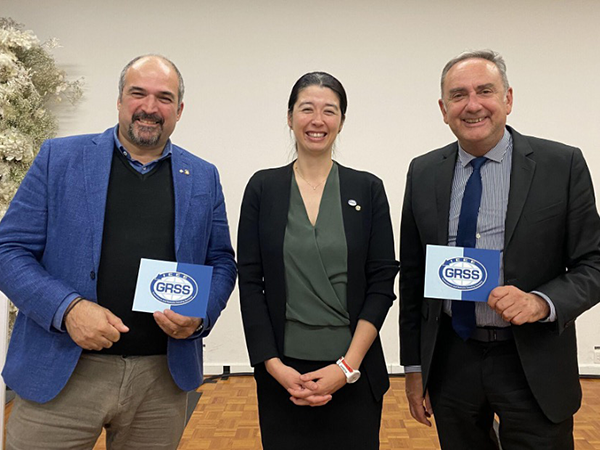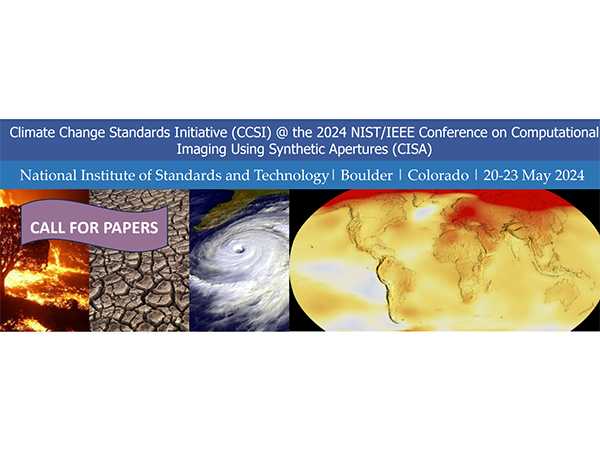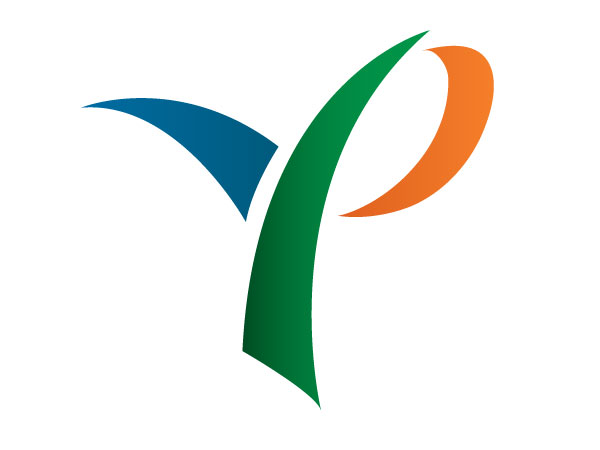Tuesday, February 9, 2021
4:00 PM CEST (Central European Standard Time)
9:00 AM US Eastern Time
Speaker: Davide Comite, Sapienza University of Rome, Italy
Sponsored by GRSS
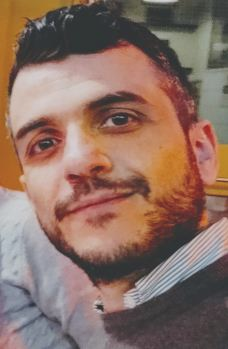
GRSS Webinar: GRSS Modeling in Remote Sensing (MIRS): Decorrelation of Scattered Signals of Opportunity
The Global Navigation Satellite System Reflectometry (GNSS-R) is an emerging remote sensing technique based on the exploitation of scattered navigation signals for monitoring bio-geophysical parameters of the Earth surface. The receiver is placed onboard of airborne or spaceborne platforms, whose movement can affect the feature of the gathered signals.
Signal fluctuations at the receiving antenna have been studied from decades by the radar community, especially to understand the decorrelation of the scattering in radar interferometry. This was done assuming uncorrelated point-like scatterers, leading to a closed-form model for the geometric decorrelation. In this case, the scattering is certainly incoherent.
The quasi-specular reflections gathered under the illumination of signals of opportunity can exhibit strong temporal variabilities. They are related to the statistical features of the surface roughness and can be observed even in ‘flat’ regions, where predominant coherent reflections could be expected.
Rough surfaces having profiles variations much longer than the wavelength over the horizontal scale can determine ‘transition’ regions, with signals being neither coherent nor completely incoherent. In these conditions, the nature of the scattering has been not completely characterized, and it can benefit from additional studies.
To describe the nature of the scattering, and to understand decorrelation and fluctuations of the near-specular components in GNSS-R systems, a study of the field collected by a moving receiver is described in this short talk.
The study suggests that near-specular scattering collected over representative natural landscapes by a GNSS-R receiver is partially coherent and essentially incoherent in most cases. It decorrelates as a function of the roughness parameters (namely, standard deviation and correlation length) and as a function of the system parameters (i.e., spatial resolution and height).
SPEAKER’S BIO:
Dr. Davide Comite received the Ph.D. in Electromagnetics in 2015 from ‘Sapienza’ University, Rome, Italy, where he is currently a Postdoctoral Researcher. He was a visiting PhD student at the Institute of Electronics and Telecommunications of Rennes, University of Rennes 1, France, in 2014 and a Postdoctoral Researcher at the Center of Advanced Communications, Villanova University, PA, USA, in 2015.
His scientific interests involve the study of the scattering from natural surfaces as well as the GNSS reflectometry over land, radar altimetry for biomass monitoring, and microwave imaging. He is also interested in the study and design of microwaves and millimetre-waves antennas, of leaky-wave antennas, and in the generation of non-diffracting waves and pulses.









